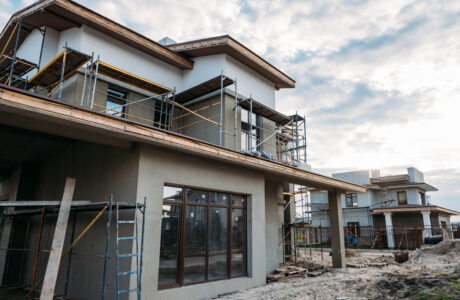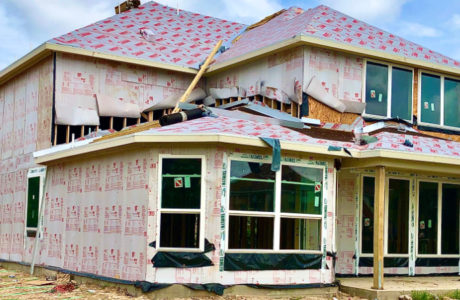The United States is facing a troubling trend. Skilled tradesmen and women are at their most lacking ever, according to recent data from the Manpower Group. These include welders, electricians, machinists, farmers and others. But possibly more troubling, the data suggests that in only a few years the skills gap is likely to become more pronounced.
Because these jobs are more physically demanding than the typical job, it likely comes as no surprise that the skilled trades have far fewer 65-and-older workers than the total labor force (1.9 percent to 4.8 percent). So unlike other occupations, many skilled trades workers are unable to hold off on retirement.
According to a 2013 Forbes article, the heavy proportion of older skilled-trade workers puts into focus more than just the pending retirement for baby boomers. It also illustrations how American high schools have largely shifted their focus to preparing students for four-year colleges rather than vocational school. And while it may not be an appealing prospect for some students to become a welder or computer controlled machine operator, pursuing a college degree doesn’t fit every student’s skill set, either.
The notion of a work-force education somehow got left in the proverbial construction dust. What many a young person may not know, however, is that a two-year institution (a vocational or trade school) costs less, and the average work-force student can come out of that program with better chances of immediate employment.
Nearly 60 percent of all skilled-trade workers are employed in manufacturing. Another 17 percent work in construction – the two sectors that lost the most jobs during the recession, when the skilled trades suffered most, declining 13% in employment from 2007-2009. Skilled-trade professions have rebounded since the recession and in some states, employment in the skilled trades is growing, as demand is relatively high. The biggest challenge seem to be replacing the many older workers in these fields who could soon retire.
A big part of the equation is what manufacturers and other employers are willing, or can afford, to pay. A telltale sign of a true skills gap is an increase in wages to make up for a shortage of labor. But researchers are finding that manufacturing wages have only gone up in a paltry few areas around the country. This may make it difficult to convince more young people to invest in training for jobs that do not offer competitive wages.
For many of the skilled trades, however, the median wage is $20.25 an hour, with even the bottom 10 percent earning $13.14 an hour, according to reports.
There is hope, however. In a recent Medium blog post, tech writer Jenny Fielding writes about a day where a high-quality house will be constructed in only 6 weeks by unskilled workers in an affordable manner. Some new high-tech plants are popping up in the rust belt in an effort to help the economies of towns that suffered after the last housing crisis.
“These factories, using robots to fill the void of skilled human labor, are able to develop and produce the majority of the home in a controlled and efficient environment,” she writes. “Then the individual chunks of the home (e.g., entire bathrooms including the drywall and tile) are transported to the construction site and assembled in no time. But this not your grandmother’s pre-fab… these new modular houses are about quality, rather than quantity — a mantra that resonates with millennials who cannot afford nor identify with the ‘McMansions’ of the past.”
She adds that the future of the connected home is incorporating technology into the design and building phases so that smart technology lives in the walls.
The shortage of skilled trade workers in the U.S. has unsurprisingly had an effect on housing. With fewer construction professionals, home builders and developers have struggled with maintaining a solid labor force. This has also contributed to the rising cost of home building, ultimately affecting home buyers throughout the nation.



































Comments are closed.